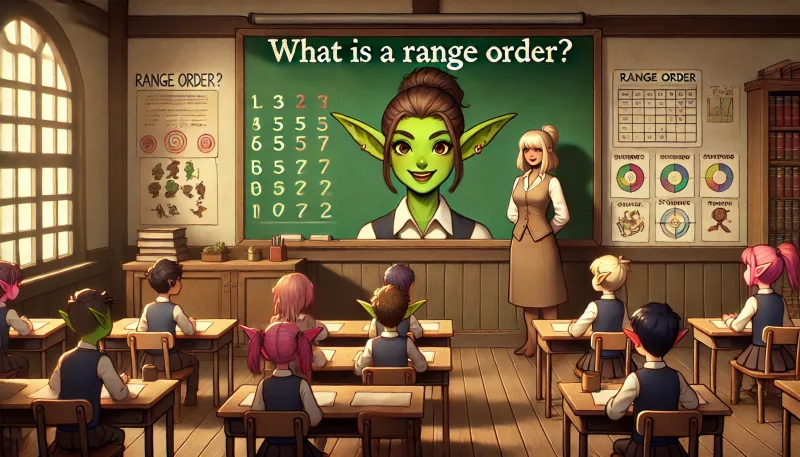What is a Range Order Podcast
Understanding Range Orders for Providing Liquidity on Goblins
When providing liquidity on the Goblins Protocol, liquidity providers have the option to create a Range Order. This feature allows for more strategic liquidity provision by concentrating liquidity within a specific price range.
What is a Range Order?
- Definition:
- Concentrated Liquidity: A Range Order is created by setting a liquidity position with highly concentrated liquidity outside the current price range of a pool.
- Activation: The range order only becomes active when the current price enters the chosen range.
- Purpose:
- Single-Sided Position: Similar to a single-sided liquidity position, the main goal is to remove the position once it has been converted to the other token.
How Range Orders Work
- Initial Setup:
- Price Range Selection: Set a specific price range where you want your liquidity to be active.
- Inactive Until In-Range: The position will not earn any fees until the token price moves into the selected range.
- Earning Fees:
- In-Range Activation: Once the price enters your set range, your position starts earning fees.
- Fee Generation: As long as the price stays within your range, you earn trading fees proportionally to your liquidity share.
- Conversion Process:
- Price Movement: As the token price increases or decreases within your range, your liquidity position gradually converts from one token to the other.
- Mid-Range Balance: When the price is in the middle of the range, the position is balanced evenly between the two tokens’ USD values.
- Beyond Range: If the price moves beyond your set range, the position will be entirely converted to one of the two tokens.
- Completing the Range Order:
- Liquidity Removal: Once the price goes beyond your range, you can remove your liquidity to complete the order.
- Timing Considerations:
- Early Removal: Removing liquidity too early might result in an incomplete position.
- Late Removal: If removed too late, the price might re-enter your range, affecting the intended outcome.
Tips and Considerations
- Strategic Placement:
- Price Analysis: Conduct thorough analysis to choose optimal price ranges that align with market trends and volatility.
- Market Conditions: Consider current and anticipated market conditions when setting your range.
- Monitor Regularly:
- Price Tracking: Regularly monitor token prices to ensure you are ready to act when the price enters or exits your range.
- Fee Assessment: Keep track of the fees earned to evaluate the profitability of your range order.
- Risk Management:
- Liquidity Timing: Carefully plan when to remove liquidity to avoid incomplete conversions or re-entry into the price range.
- Market Volatility: Be aware of potential market volatility that could rapidly shift token prices and impact your order.
- Use Tools and Analytics:
- DEX Tools: Utilize DEX tools and analytics platforms to track price movements and manage your range orders effectively.
- Community Insights: Engage with the Goblins community for insights and strategies on effective order placements.
Conclusion
Creating Range Orders on the Goblins Protocol allows for strategic liquidity provision, concentrating liquidity within specific price ranges to maximize fee earnings. By understanding how range orders work and following best practices, you can optimize your liquidity provision and manage risks effectively. Stay informed, monitor the market, and use available tools to enhance your range order strategy.

